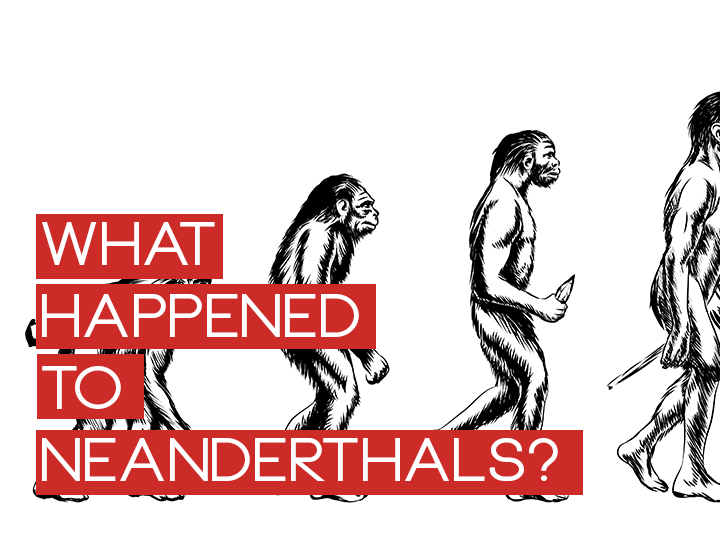
Neanderthals, also known as Homo neanderthalensis, were a distinct species of human that lived in Europe and Asia from around 400,000 to 40,000 years ago. They were adapted to the cold climates of the last ice age, with a stocky build and a large nose to help warm the air they breathed. They were also skilled hunters and tool-makers, and their brains were similar in size to those of modern humans.
Despite their similarities to modern humans, Neanderthals were not our direct ancestors. The two species likely coexisted for thousands of years, and there is evidence of interbreeding between Neanderthals and the ancestors of modern humans. However, the exact nature of the relationship between the two species is still a topic of ongoing research.
Around 40,000 years ago, Neanderthals began to disappear from the fossil record. The exact cause of their extinction is still debated, but several theories have been proposed. One theory is that Neanderthals were outcompeted by modern humans, who arrived in Europe around 45,000 years ago and had superior technology and hunting techniques. Another theory is that the changing climate during the last ice age made it difficult for Neanderthals to survive. A third theory is that Neanderthals and modern humans interbred, with the latter group absorbing the former.
Despite their extinction, Neanderthals have left a lasting legacy. Their DNA still lives on in modern humans, with some estimates suggesting that as much as 2-4% of the genome of non-African populations is of Neanderthal origin. Studies of Neanderthal DNA have also provided insights into human evolution and the genetic basis of diseases.
In conclusion, Neanderthals were a distinct species of human that lived in Europe and Asia for hundreds of thousands of years. They were adapted to the cold, but eventually went extinct around 40,000 years ago. The reason for their extinction is still debated, but it is likely due to a combination of factors such as competition with modern humans, climate change and interbreeding. Despite their extinction, their DNA lives on in modern humans and their discovery has greatly contributed to the field of human evolution.